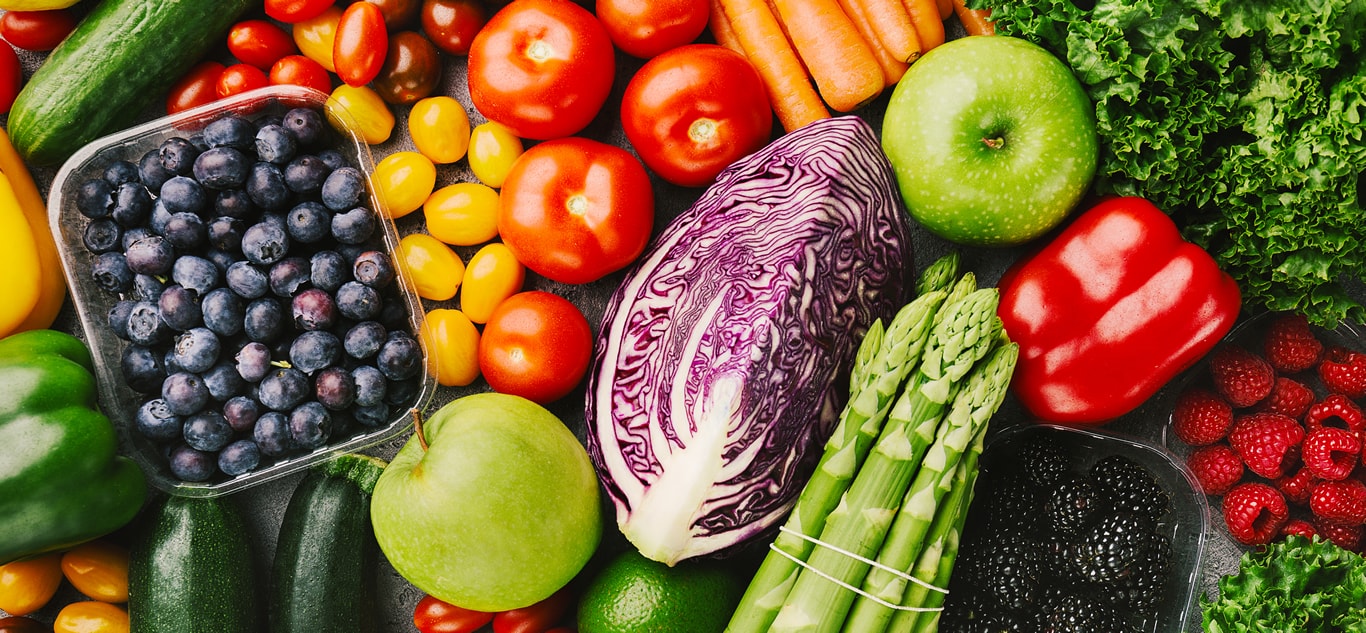Shelf Life Studies

What is Shelf Life?
In the food sector, the shelf life of food is as important as all the stages of production, storage and transportation of foodstuffs until they reach the consumer. Shelf life refers to the process in which the desired sensory, chemical, physical, microbiological and nutritional values can be preserved in food. During this process, foodstuffs should not deteriorate microbiologically, chemically and physically.
Parameters for Determining Shelf Life
Shelf life determination is based on different analytical parameters: Organoleptic parameters such as appearance, taste, odor, color, physical and chemical parameters, microbiological parameters, monitoring the stability of aromatic substances, lipid oxidation...
The shelf life of the foodstuff must be determined and indicated on the product before it reaches the consumer. There are different shelf life periods for cheeses, meats, vegetables and fruits, bakery products, frozen foods.
Factors Affecting the Shelf Life of Foods
Factors affecting the shelf life of foods are the structural properties of the food and environmental factors. Environmental factors include temperature, humidity, oxygen, light and packaging processes. As the structural properties of the food; water activity, microbial load, pH level can be given as examples. When determining the shelf life of food, these factors should be determined on the basis of food.
Two different methods are applied in shelf life determination as full-time and accelerated.
Real Time Shelf Life Detection
It is a long-term testing process in which the parameters determined in accordance with the structure of the foodstuff are checked at certain periods during the estimated deterioration process. It is a classically used method. However, it is not a suitable method for foods with long shelf life such as canned food and pasta. In real-time shelf life determination, if at least one of the product formulation, applied processes, packaging and storage conditions changes, the analysis should be repeated for new conditions.
Shelf Life Determination by Accelerated Method
The accelerated method is the method applied to shorten the analysis process. It includes accelerated shelf life and predictive microbiology procedures. The accelerated method is the identification of important degradation reactions that take place in food at at least three different temperatures with a kinetic model expressed by reaction degrees, expression of the temperature dependence of the reaction constant and fixing the shelf life with the data obtained.
By determining the shelf life of foods with these two methods, it is easier for the producer to take the necessary precautions to avoid losses, while the consumer is provided with information about the consumption process of the foods they buy.
NANOLAB, in our laboratories serving in many parts of Turkey, tests within the scope of "Shelf Life Studies" are carried out on various foodstuffs with Türkak accreditation.

